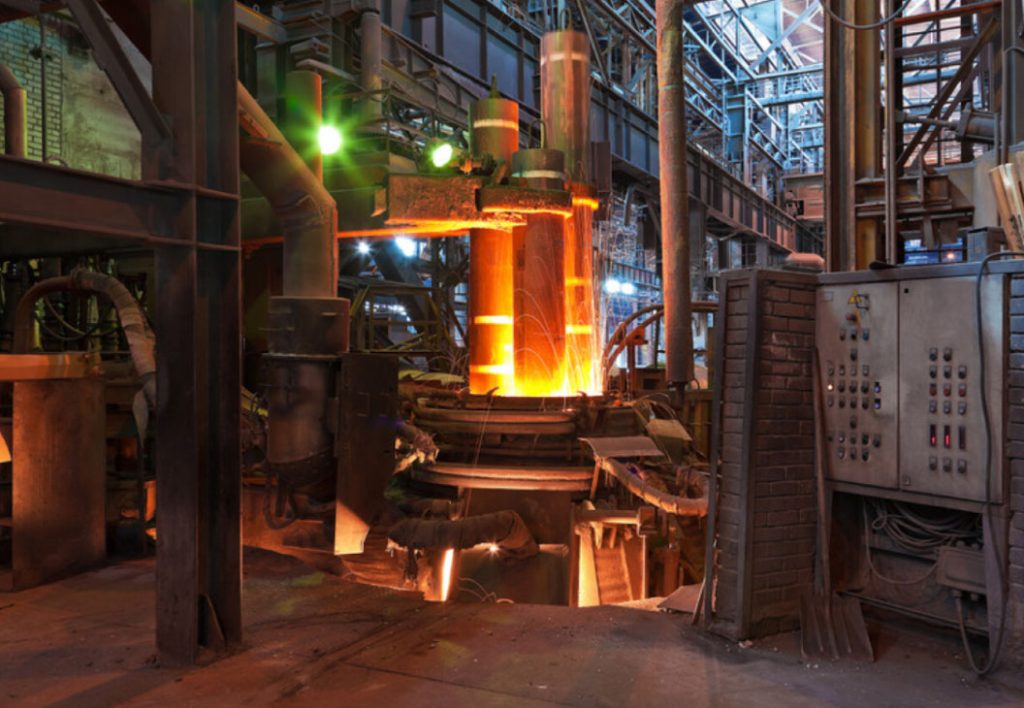
感应熔炼钢中氧、氮、氢的控制
- Jan 04, 2024
- Solution

山君一直致力于生产不含非金属夹杂物的铸件,而气体的控制和去除仍然是生产过程中的关键环节。铸造厂采用不同的气体控制和去除方法生产了轧机衬板,强调了炉内气体去除和控制对于减少铸钢件中气体相关缺陷的重要性。
上世纪末,人们发现碳钢和低合金钢中含有大量的气体夹杂物。他们采用了一种熔炼和浇注工艺,包括中频感应炉和唇口浇注包。炉内衬为尖晶石结合的熔融氧化铝基耐火材料,而浇包内衬为熔融氧化铝基可浇注耐火材料。
本世纪初,工程师们发现脱氧不足或效率低下是铸钢件中气孔的主要原因。为了提高过滤器的堵塞系数,必须大幅减少用于脱氧的铝量,并且需要添加另一种最终脱氧剂。
钢铸件的气体控制对于确保高质量至关重要。虽然在感应熔炼炉中控制气体更具挑战性,但必须持续努力减少与气体相关的缺陷。最终的脱氧剂,无论是钛还是铝,都只是解决方案的一部分。研究还表明,与部分加工的铸件相比,在早期阶段报废铸件总是更好的选择,以避免过滤器破损造成的模具损坏。
